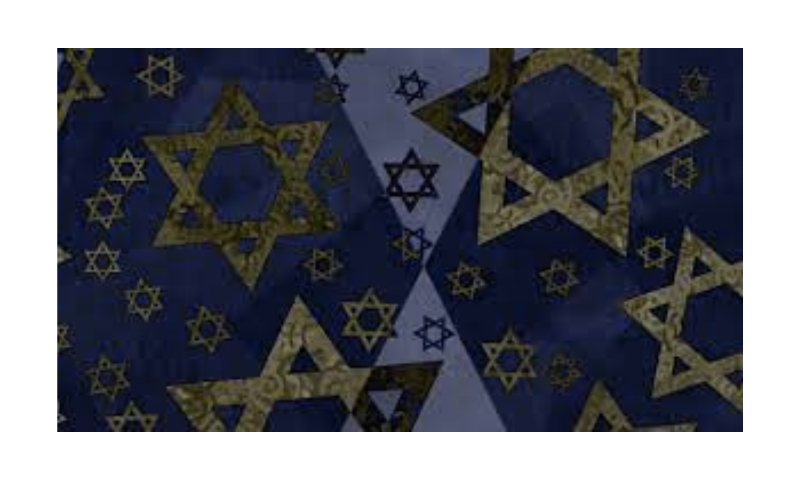Elliot J. Cosgrove
Sapir, Vol 3, Autumn 2021
“Mitzvot are the sacred shibboleths by which Jews build conscious community.”
For a people as numerically modest as the Jews, we have more than our fair share of civic, cultural, and advocacy organizations in service of Jewish continuity. From historical societies to Holocaust memorials, Maccabi Games to Jewish museums, the American Jewish establishment is filled with passionate individuals working tirelessly to preserve, defend, and forward the mission of our people. We attend rallies and conferences, sit on boards, give tzedakah,and sign our names to statements of support or outrage.
These are the rites and rituals of what sociologist Jonathan Woocher famously described as the “civil religion” of American Jews.
But what of actual religion? Our robust communal infrastructure raises the question of whether it is possible for Jews to continue without being part of the religious system of Judaism. Significant as the contributions of the alphabet soup of organizations may be — ADL, AJC, AJWS, HIAS, JFNA, and I could go on — none of these institutions are religious in nature. Are they sufficient to carry Jewish communities from one generation to the next? In the absence of Judaism itself — prayer, devotional text study, and observance of mitzvot — will our people endure?
The question goes to the very heart of the modern Jewish condition. In the pre-modern era, anxieties regarding Jewish continuity were focused on the fear of the next pogrom, not on concerns about intermarriage. Internal and external forces ensured that a Jew lived, married, and died within the fold. To be a Jew was neither a religion nor a nationality; it was an all-encompassing and inescapable identity that, antisemitism permitting, was generationally assured. There simply were no alternatives.
… [To read the full article, click here]


